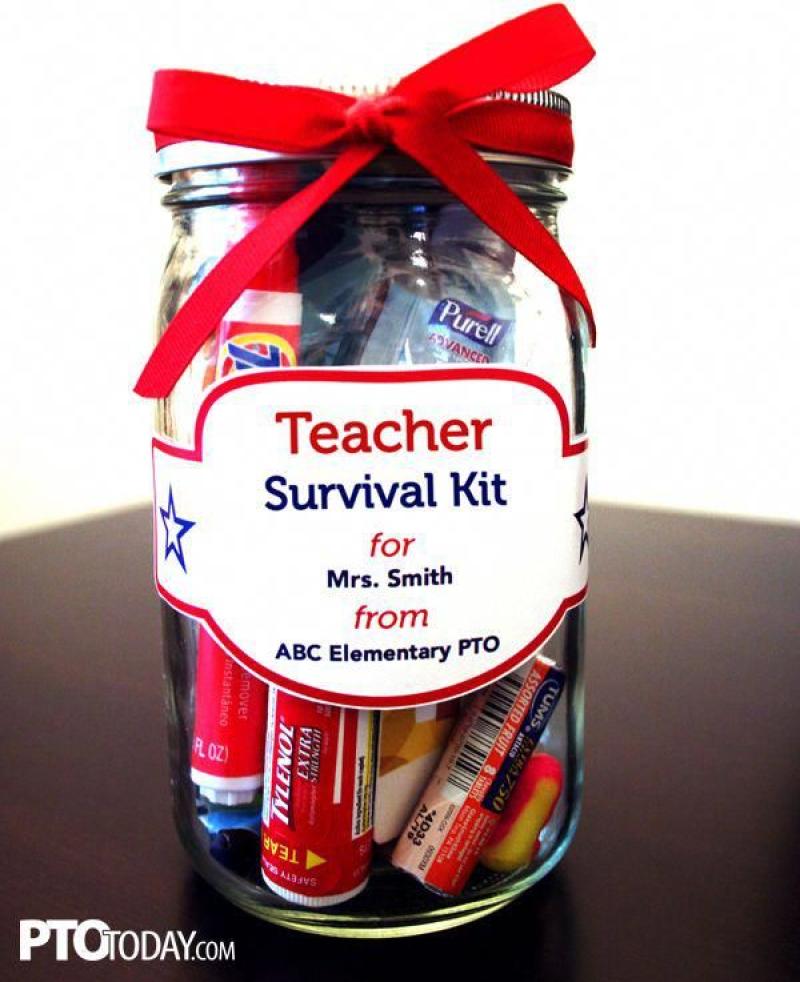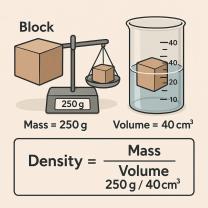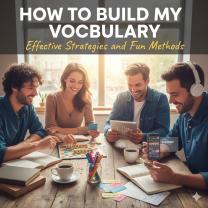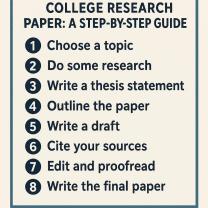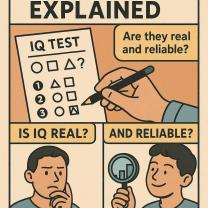What should you put in your teacher survival kit?
A teacher survival kit is a thoughtful collection of items that can help educators navigate the challenges of the classroom and ensure they have the tools they need for a successful and comfortable day. The contents of a teacher survival kit can vary based on personal preferences, the grade level taught, and the specific needs of the classroom. Here are some essentials you might consider including in a teacher survival kit:
Stationery and Office Supplies:
- Pens, pencils, markers, and highlighters
- Sticky notes
- Dry erase markers and eraser
- Paperclips and binder clips
- Stapler and staples
- Notepads or a notebook
Personal Care Items:
- Hand sanitizer or hand wipes
- Tissues
- Breath mints or gum
- Band-Aids and pain relievers (e.g., aspirin or ibuprofen)
Teacher Planner or Organizer:
- Keep track of lesson plans, important dates, and meetings with a planner or organizer.
Snacks and Hydration:
- Healthy snacks like granola bars, nuts, or dried fruit
- Reusable water bottle
- Tea bags or instant coffee packets
Tech Essentials:
- USB drive for storing files
- Portable phone charger
- Headphones or earplugs
Classroom Tools:
- Small scissors
- Glue sticks or tape
- Posters or educational materials for quick reference
- Small whiteboard or chalkboard for impromptu teaching moments
Emergency Supplies:
- Mini first aid kit
- Sewing kit
- Stain remover wipes
Self-Care Items:
- A small stress ball or fidget toy
- A favorite soothing tea or herbal infusion
- Personalized items like a photo or a motivational quote
Classroom Decorations:
- Small decorations or items to personalize your teaching space
- Inspirational posters or quotes
Comfort Items:
- Sweater or cardigan for temperature changes
- Comfortable shoes or extra pair of socks
- Eye drops for dry eyes
Organizational Tools:
- Small storage containers or bins
- Velcro strips or hooks for hanging items
- Ziplock bags for organizing small items
Teacher ID and Keys:
- Keep your teacher ID and classroom keys easily accessible.
Remember to customize your teacher survival kit based on your specific needs and the unique aspects of your teaching environment. A well-prepared teacher survival kit can help you feel more organized, comfortable, and ready to tackle the demands of the school day.
What essential items should be included in a teacher survival kit?
A teacher survival kit can be a lifesaver for any educator, packed with items to manage daily challenges and unexpected situations. Here are some essential items to consider:
For classroom emergencies:
- First-aid kit: Stock it with basics like bandages, antiseptic wipes, pain relievers, allergy medication, and cold/flu remedies.
- Safety items: Include a flashlight, emergency whistle, and small fire extinguisher (check school policy) for unforeseen circumstances.
- Basic cleaning supplies: Hand sanitizer, disinfectant wipes, and a small spill kit can handle minor messes and clean-ups.
For physical and mental well-being:
- Healthy snacks and drinks: Keep granola bars, trail mix, bottled water, and tea bags handy for those energy dips.
- Stress-relief tools: Fidget toys, mini stress balls, aromatherapy roll-on, or even calming essential oils can provide a quick mindfulness boost.
- Comfort items: A small photo album, favorite mug, or portable diffuser can create a mini oasis in your desk space.
For practical needs:
- Stationery and office supplies: Pencils, sticky notes, paper clips, stapler, and a mini whiteboard marker can come in clutch for last-minute tasks.
- Portable charger and phone accessories: Ensure your devices stay powered throughout the day.
- Multi-tool or toolkit: A small swiss army knife, screwdriver, or mini sewing kit can tackle minor repairs and unexpected situations.
For classroom management:
- Positive reinforcement tools: Stickers, reward charts, or fun stamps can motivate and encourage students.
- Small prizes and incentives: Candy, pencils with fun erasers, or classroom coupons can be handy rewards for good behavior.
- Quiet activities: Coloring books, puzzle books, or calming fidget toys can be helpful for students who need downtime during transitions.
Bonus items:
- Personal hand sanitizer and tissues: Stay hygienic and prepared for any sniffles.
- Travel-sized essentials: Mini hand lotion, lip balm, and pain relievers can keep you comfortable.
- Sense of humor: Remember to inject some laughter into your day with a funny mug, desk toy, or silly quote.
Remember, personalize your kit based on your individual needs and teaching style. Don't hesitate to add items that bring you comfort or make your workday a little bit easier. A well-equipped survival kit can help you navigate the joys and challenges of teaching with more confidence and resilience.
I hope this helps you build your own awesome teacher survival kit!
